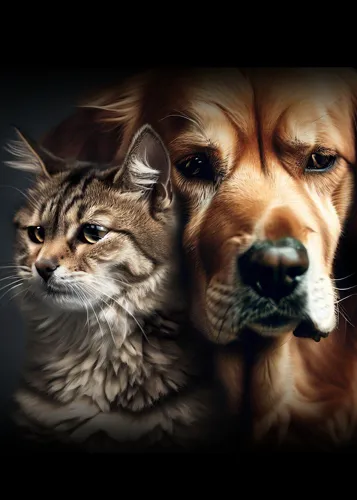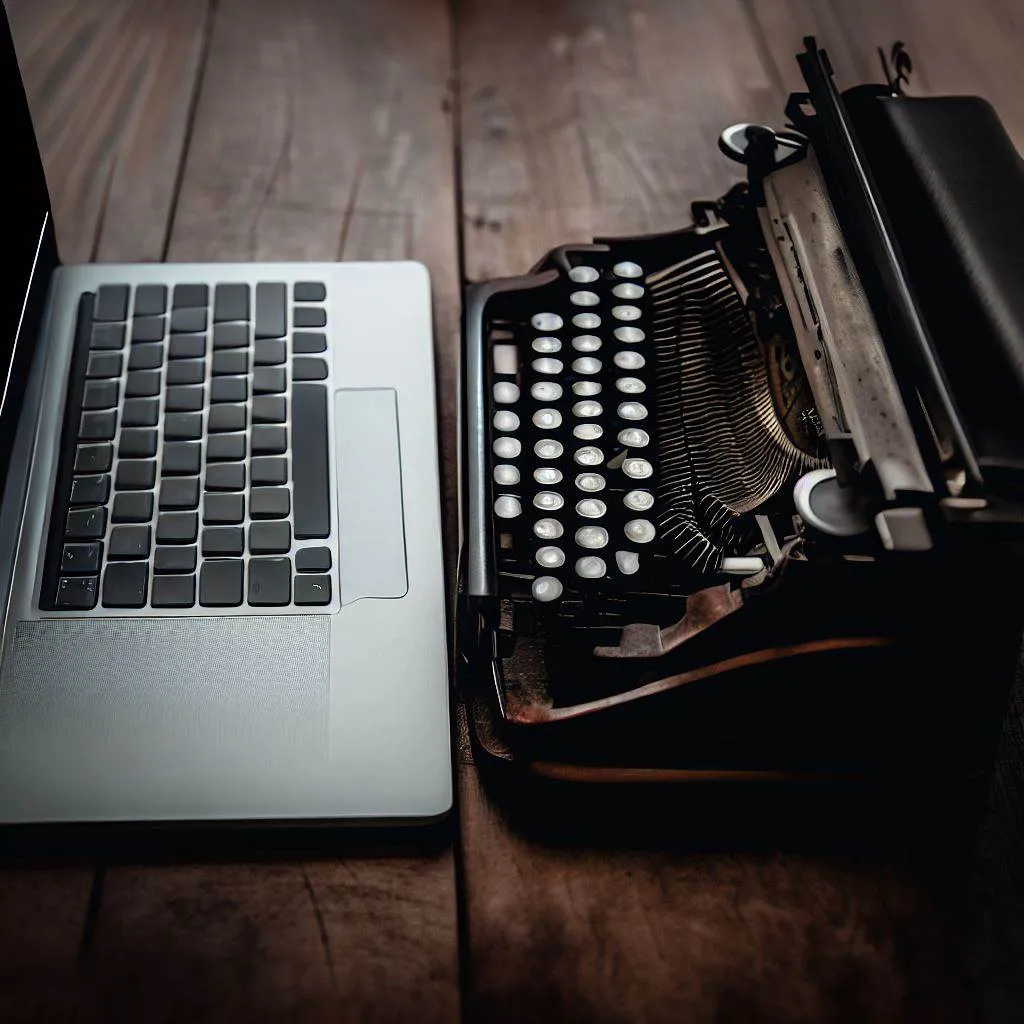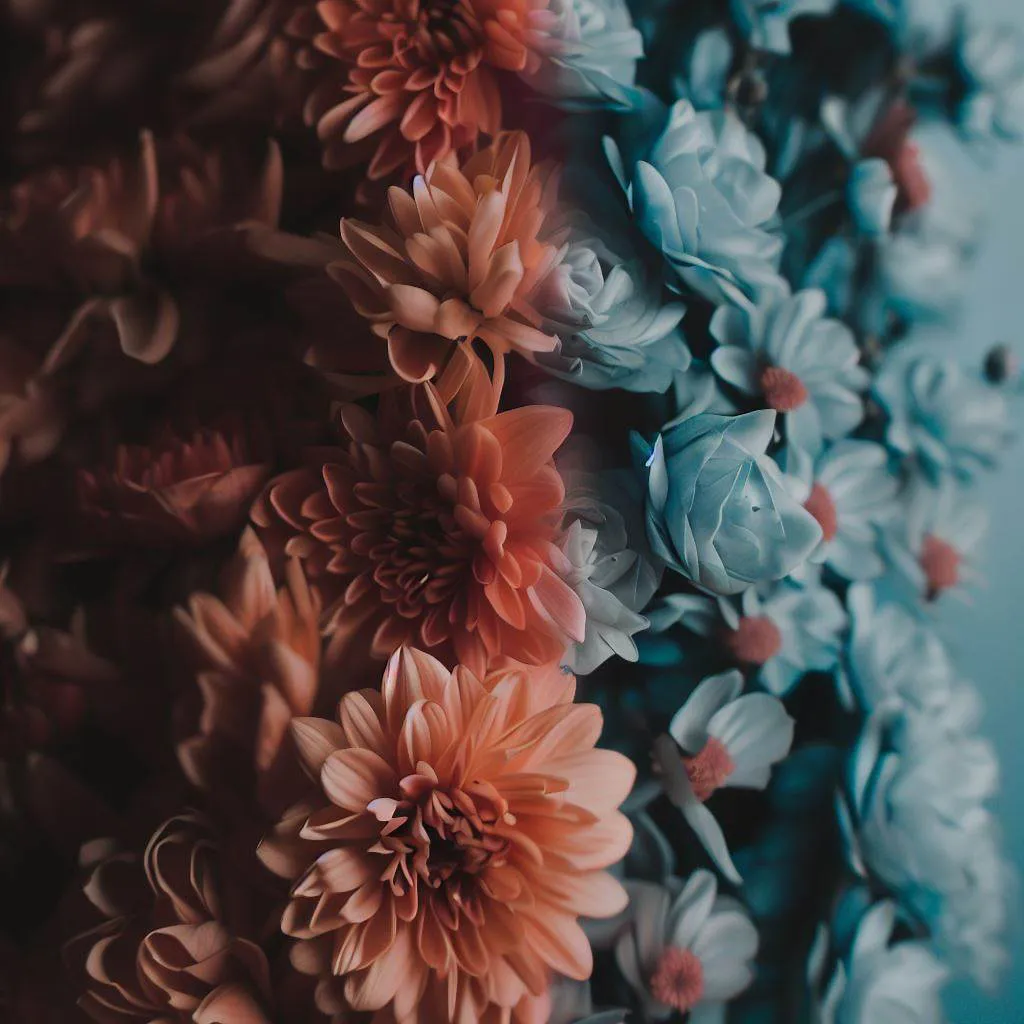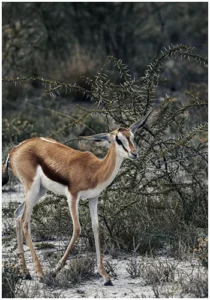
Photography as a Hobby for Beginners: Unlock Your Artistic Vision
Photography can be a fulfilling and enjoyable hobby that brings a creative outlet to your


A picture is worth a thousand words, as the adage says. However, something unexpected occurs when two images are placed side by side in a single frame. It is possible to produce striking and thought-provoking visuals by using the art of juxtaposition, the practice of putting together two or more disparate components side by side.
Photographer jobs are predicted to increase by 17%. To improve their storytelling skills and create images that reflect reality and express deeper meaning, photographers must understand the concept of juxtapose. This article will discuss the meaning of juxtaposition in photography and how photographers can use it to produce aesthetically pleasing and emotionally powerful images.
In art, literature, and photography, juxtaposition is defined as the combination of two or more opposing elements to create a new, unique perspective. In photography, is the intentional placement of two or more visual items in an photo to create a contrasting impression. People, products, and things, as well as colours, textures, and patterns, could all be considered components.
When two pictures that are not usually photographed appear side by side or structurally near together, it forces the reader to pause and evaluate the meaning of the opposing images, concepts, themes, etc. that are presented.
The method of juxtaposition raises an image’s level of visual appeal. When photographing two or more components, a visual tension draws the viewer’s attention. Using conflict in a picture piques the audience’s interest and keeps them looking.
A picture gains depth and significance and create intrigue. The photographer builds a story by photographing opposing components, enabling the spectator to think about how these pieces relate. This connection might be taken literally or metaphorically and can allude to complicated concepts or feelings.
Juxtapose alters the viewer’s perception by upsetting their expectations. The photographer enables the spectator to interpret the world in a new manner by opposite attract, which results in an unexpected interaction between these elements.
The use of juxtaposition is a creative approach. The photographer is constructing a whole new universe by purposefully highlighting contrast. This act of creation shows the photographer’s inventiveness and is a crucial component of creative expression.
Contrast helps in telling a narrative. The photographer builds a story by photographing opposing components, enabling the spectator to think about how these pieces relate. This connection might imply complex concepts or feelings that support the image’s narrative.

Contextualization enhances the emotional impact and empathy of a photograph. By combining contrasting elements, the photographer creates visual tension, which may elicit strong emotions from the viewer.
Effective communication of ideas or messages is enhanced. By juxtaposing disparate things, inventiveness is built the photographer builds a story that challenges the viewer to consider how these components relate, which might allude to complicated concepts or feelings.
The photographer has greater creative freedom they may compose various original and captivating compositions by pairing opposite components.
The photographer may create more intricate and fascinating compositions. We can create a compositions rich in detail and significance by pairing opposite components.
It enables the photographer to mix different aesthetics and subgenres. The photographer might produce a picture that takes inspiration from several sources by purposefully showcasing opposite aspects.
Through juxtaposition, the photographer may have more distinctive photos. The photographer is constructing a whole new universe by purposefully creating disparate components.
We have greater latitude to explore symbolism and metaphor while using contrasting elements. The photographer may construct a visual language full of meaning and metaphor.
By building anticipation, the photographer may engage their viewers more deeply. The photographer is constructing a story that allows the viewer to think about the link between items by using opposing aspects. The spectator and the subject of the image may feel empathy and understanding.

Selecting your topic is the first step in employing this method in your photographs. This may be a landscape, still life, or a portrait.
After deciding on your topic, you must choose the sequence where you will take pictures. This can include capturing several photos at various focal lengths or from multiple perspectives.
The next step is to choose your visual components. This might include picking things with symbolic significance or contrasting colours, textures, or patterns.
After deciding on your visual components, you must arrange your composition. This can include shifting things about, changing the lighting, or trying various angles and viewpoints.
The process of taking and editing your shot is the last. This might include adding filters or other effects and adjusting the exposure, contrast, or saturation.

In conclusion, juxtaposition in photography is an artistic technique that allows photographers to make powerful statements and create meaningful stories. By combining the opposites in the same frame, photographers can draw the viewers in and leave them with questions and an impression that will stay with them. Juxtaposition can be used to highlight social issues, beauty, and contrast, and it is an effective tool to create meaningful and powerful photos.
In photography, juxtaposition is the purposeful insertion of two or more contrasting elements to produce a striking contrast. These components might be everything from people to things to colours, textures, and patterns.
Contrast and juxtaposition are words that sound similar but signify different things. Juxtaposition is the purposeful insertion of two or more contrasting components to create a contrast in an image. In photography, contrast is the comparison of two or more aspects, such as the contrast between warm and cold colours or light and dark.
By juxtaposing disparate aspects that imply an unresolved tension or conflict, juxtaposition may be utilised to evoke suspense in photography. The spectator may feel uneasy or unsure as a result of this.
Using contrasting colours or textures, experimenting with various visual aspects, and experimenting with multiple angles and viewpoints are some photography juxtaposition techniques.
Using contrasting colours or textures, positioning subjects in unexpected or out-of-the-ordinary settings, and fusing several genres or styles are a few examples of systematic Juxtaposition photography approaches.

Photography can be a fulfilling and enjoyable hobby that brings a creative outlet to your

Welcome to our guide to Photoshop tutorials for beginners: A Complete Beginner’s Tutorial for Learning

Creating stunning images is all about nailing the perfect colour grade. It’s what makes your